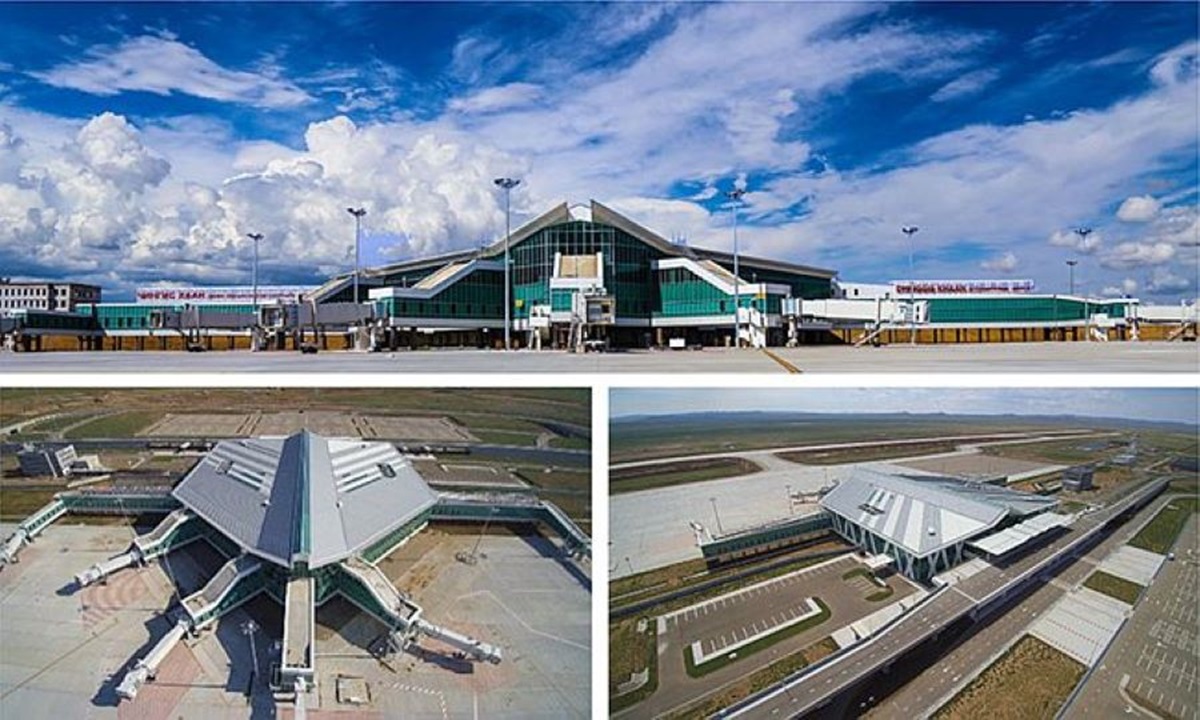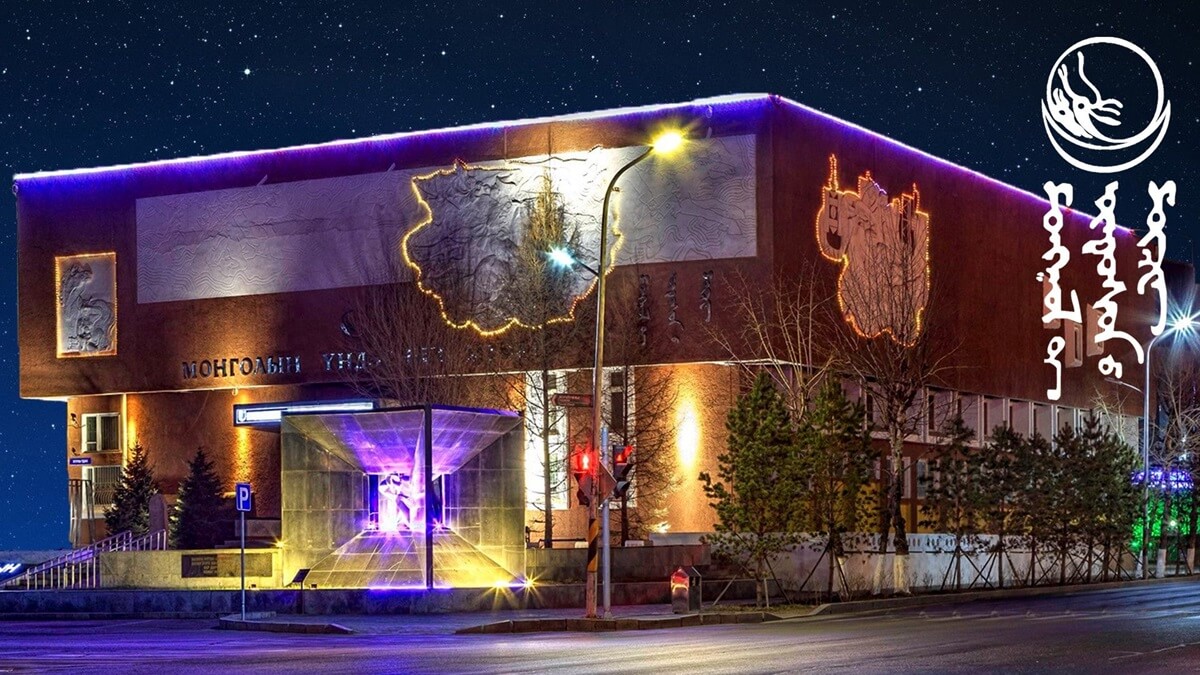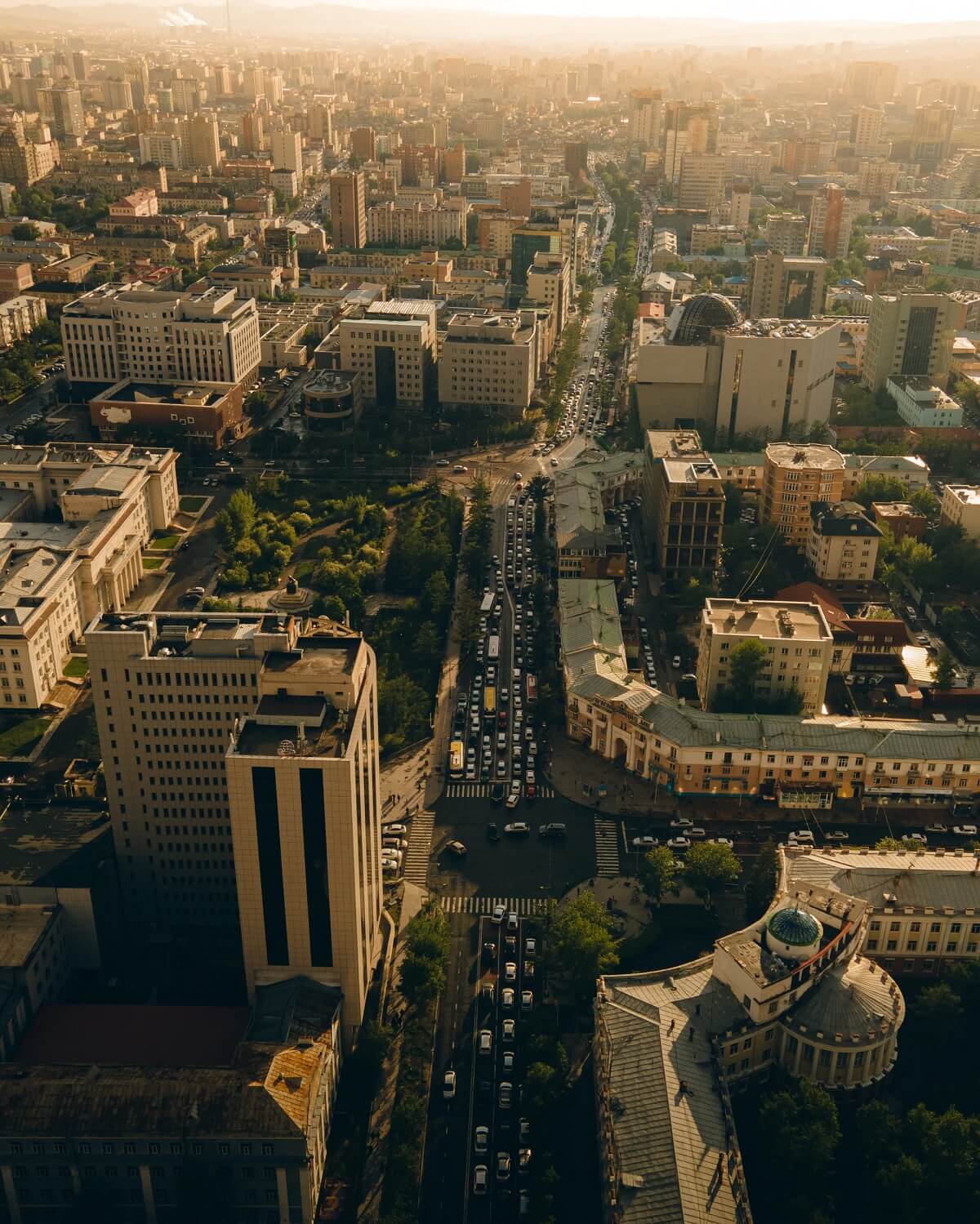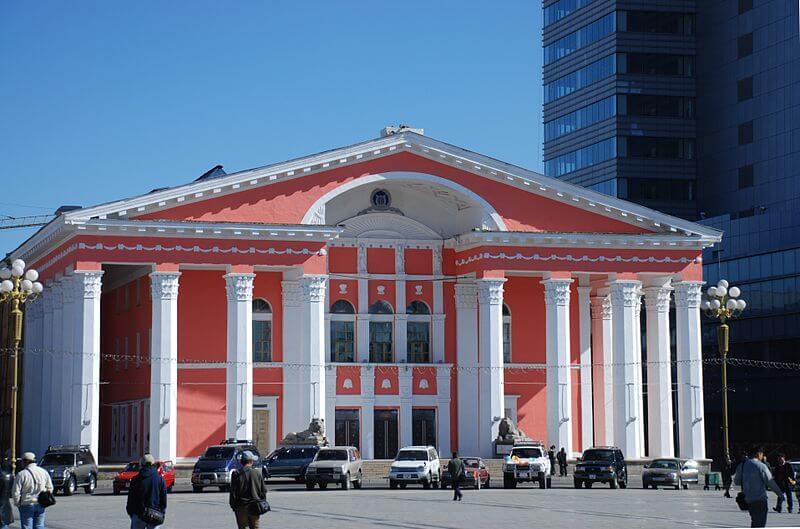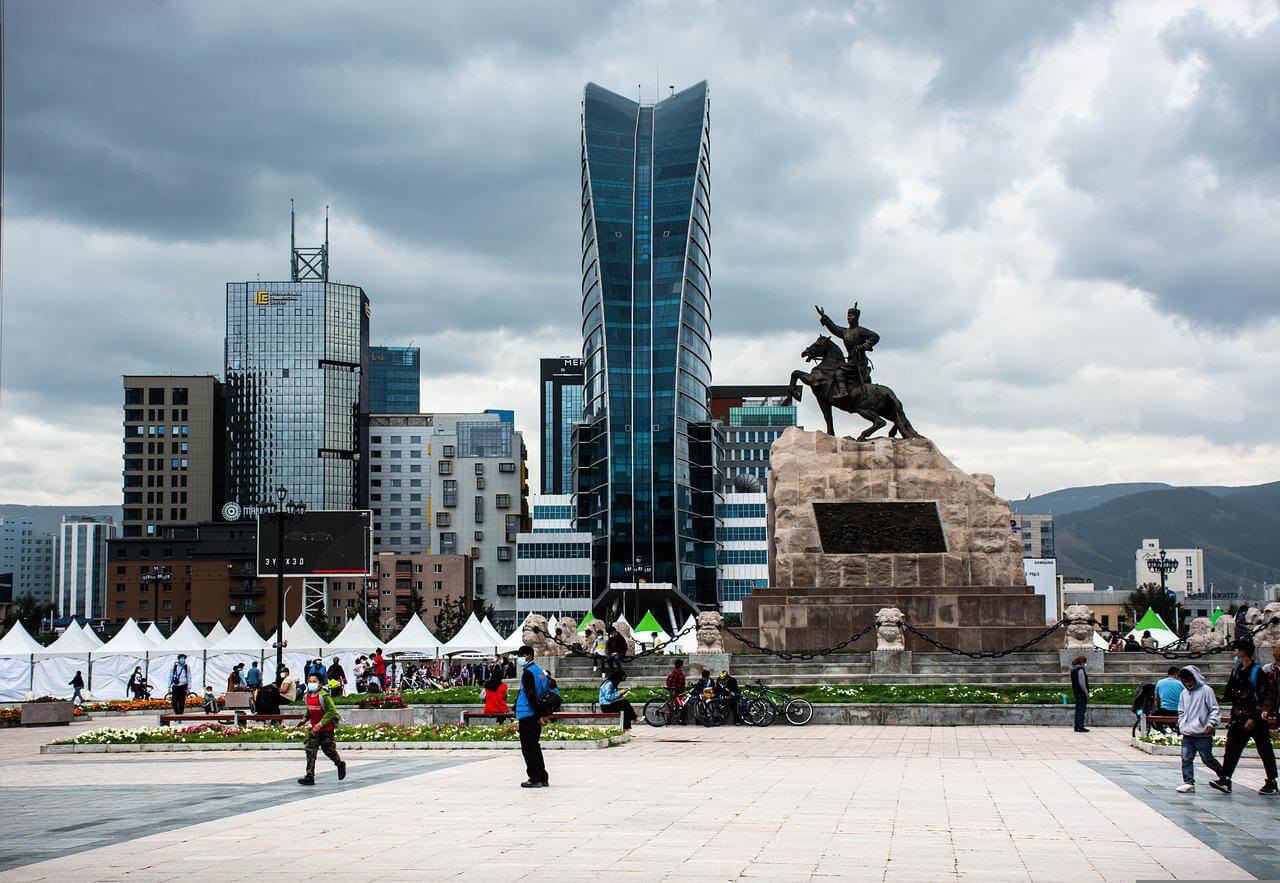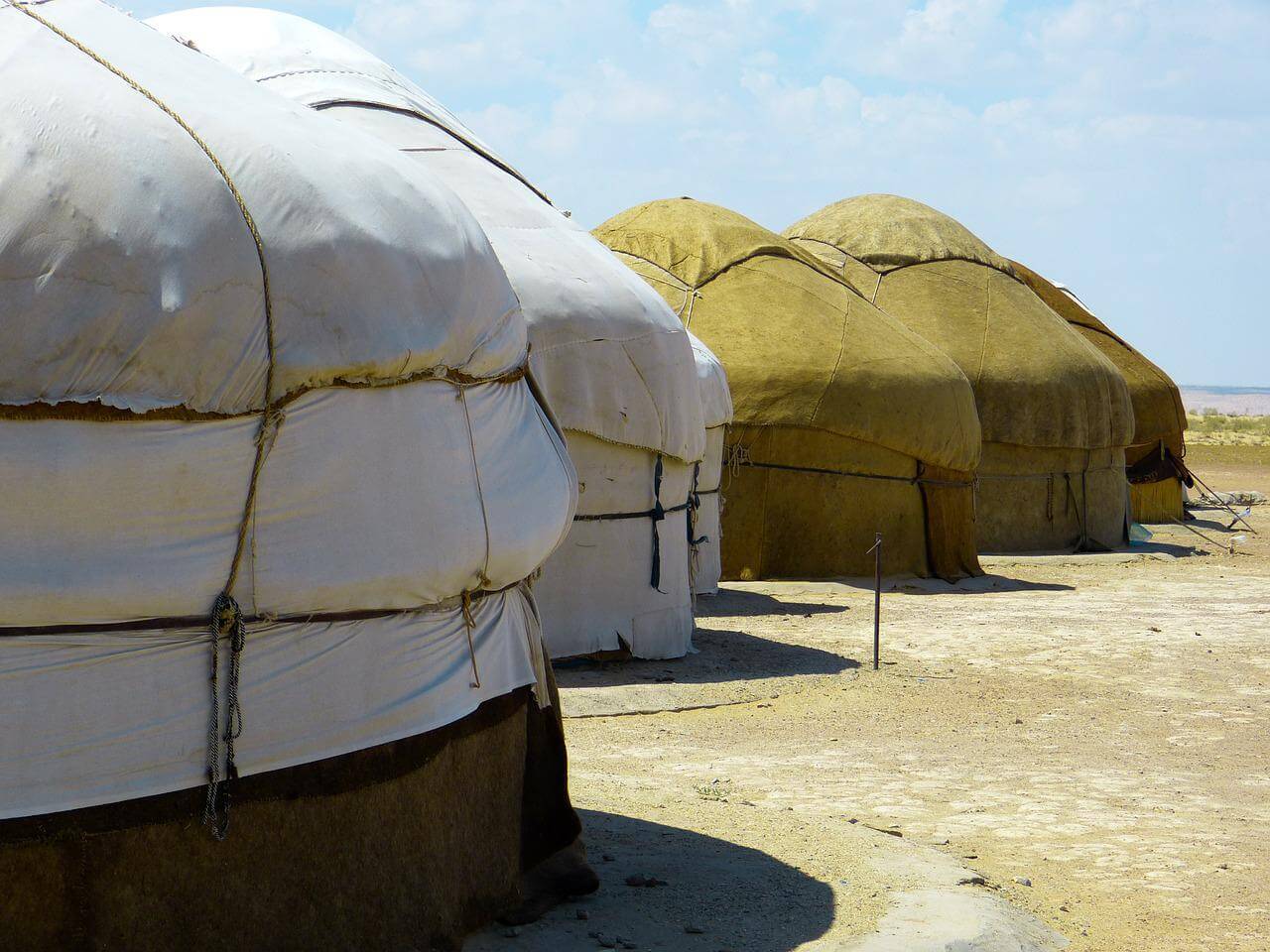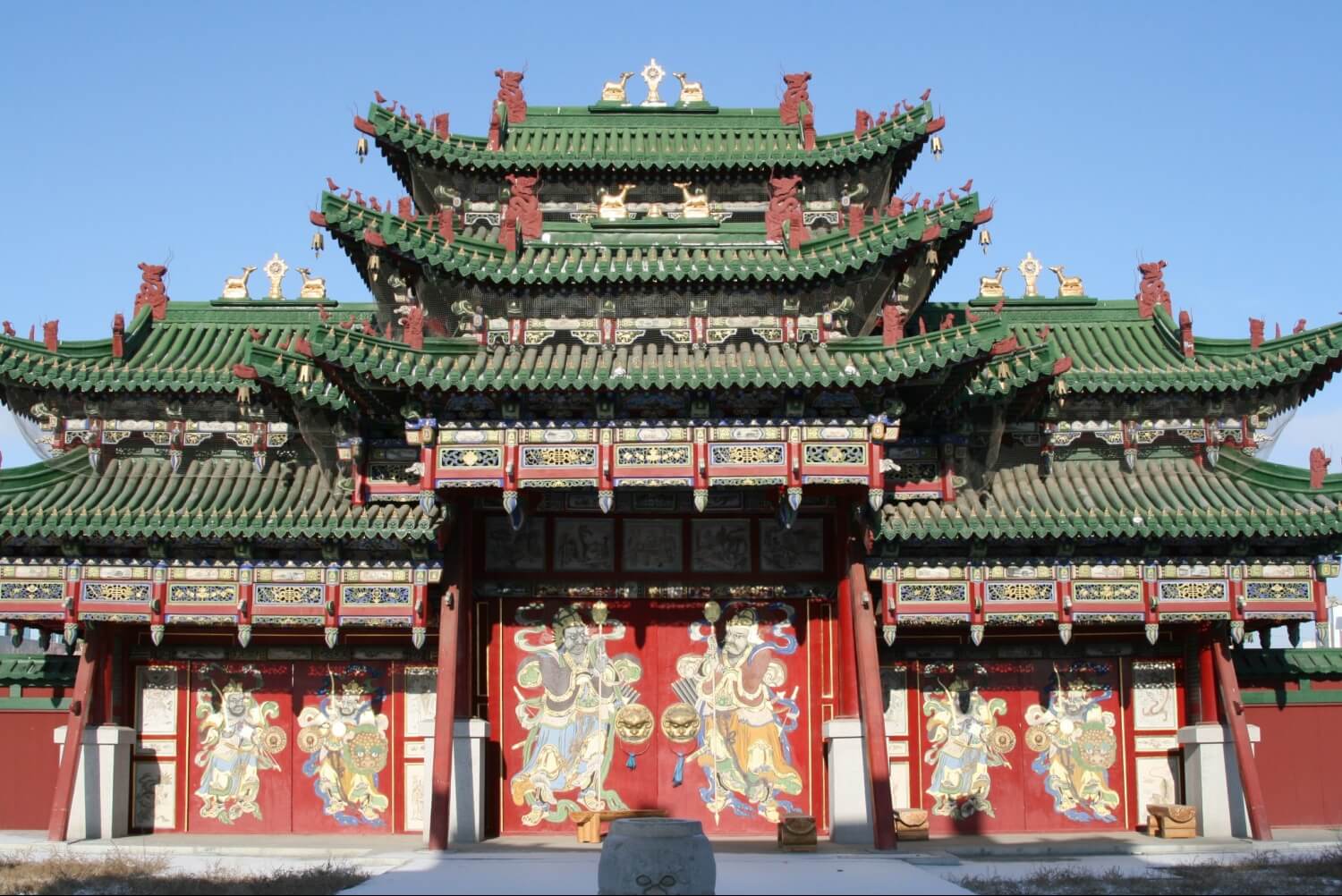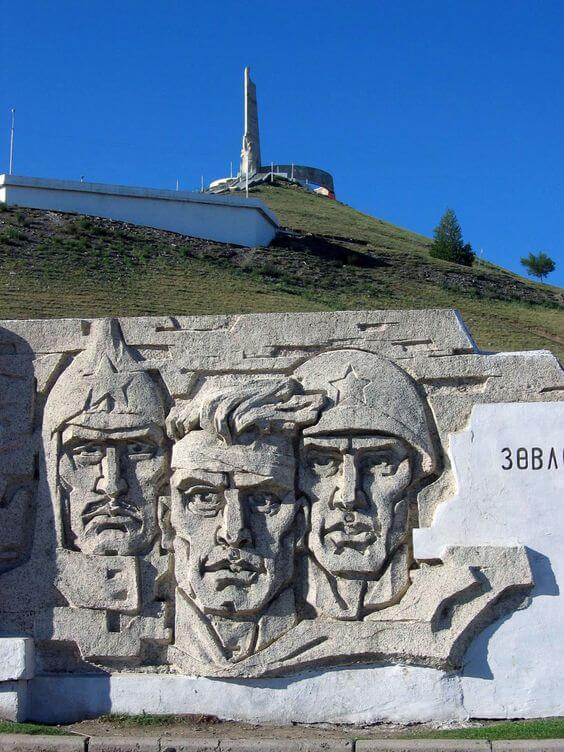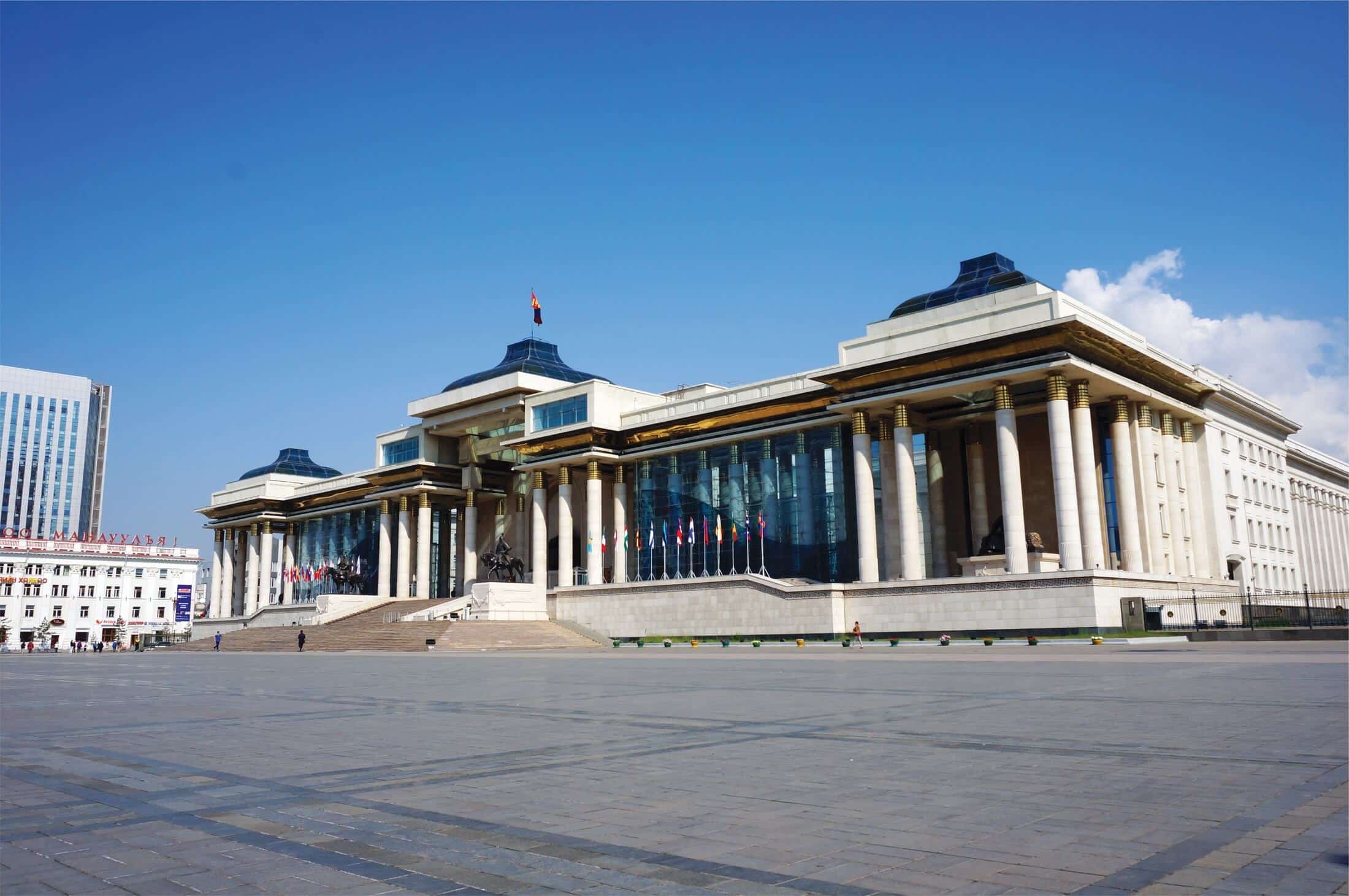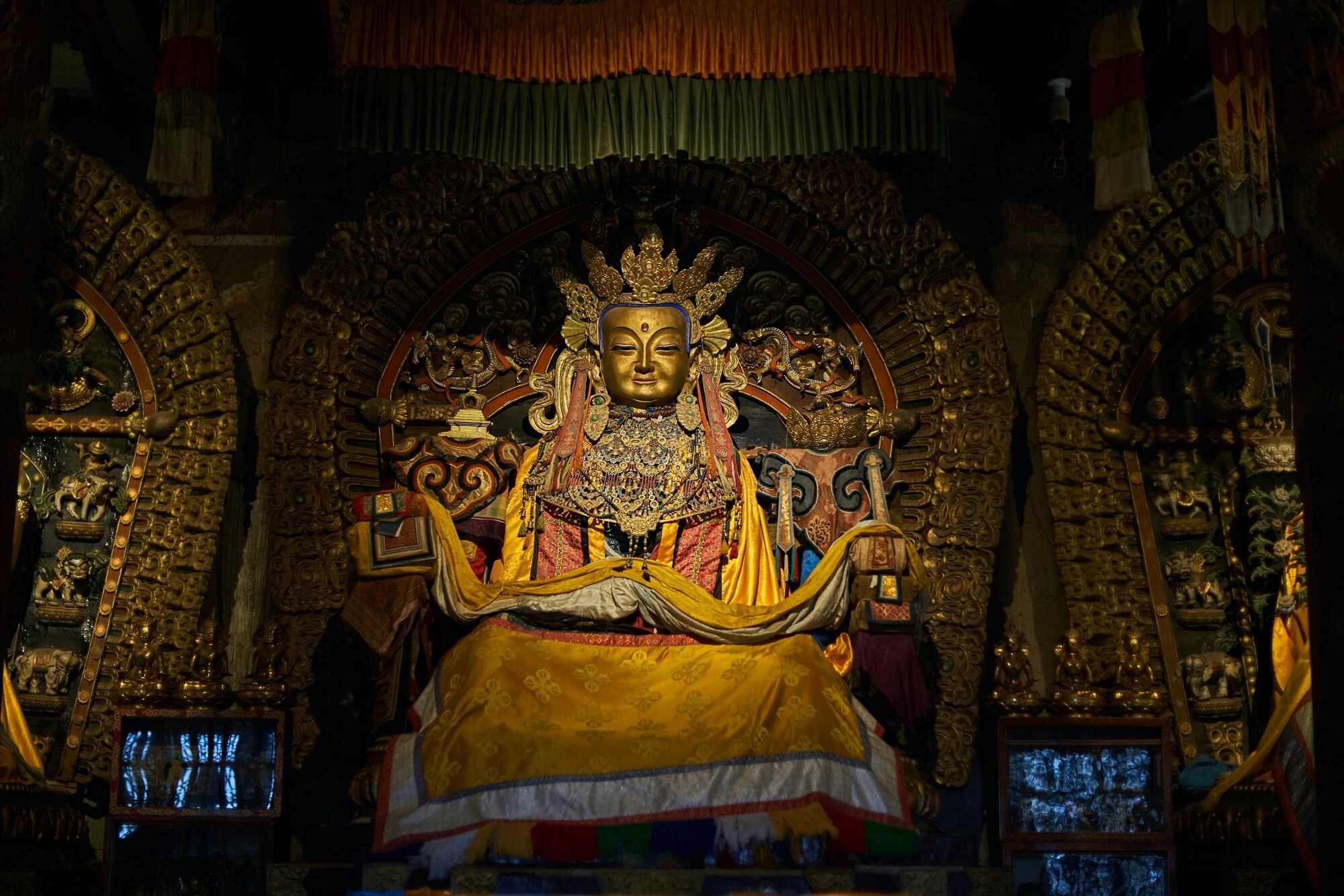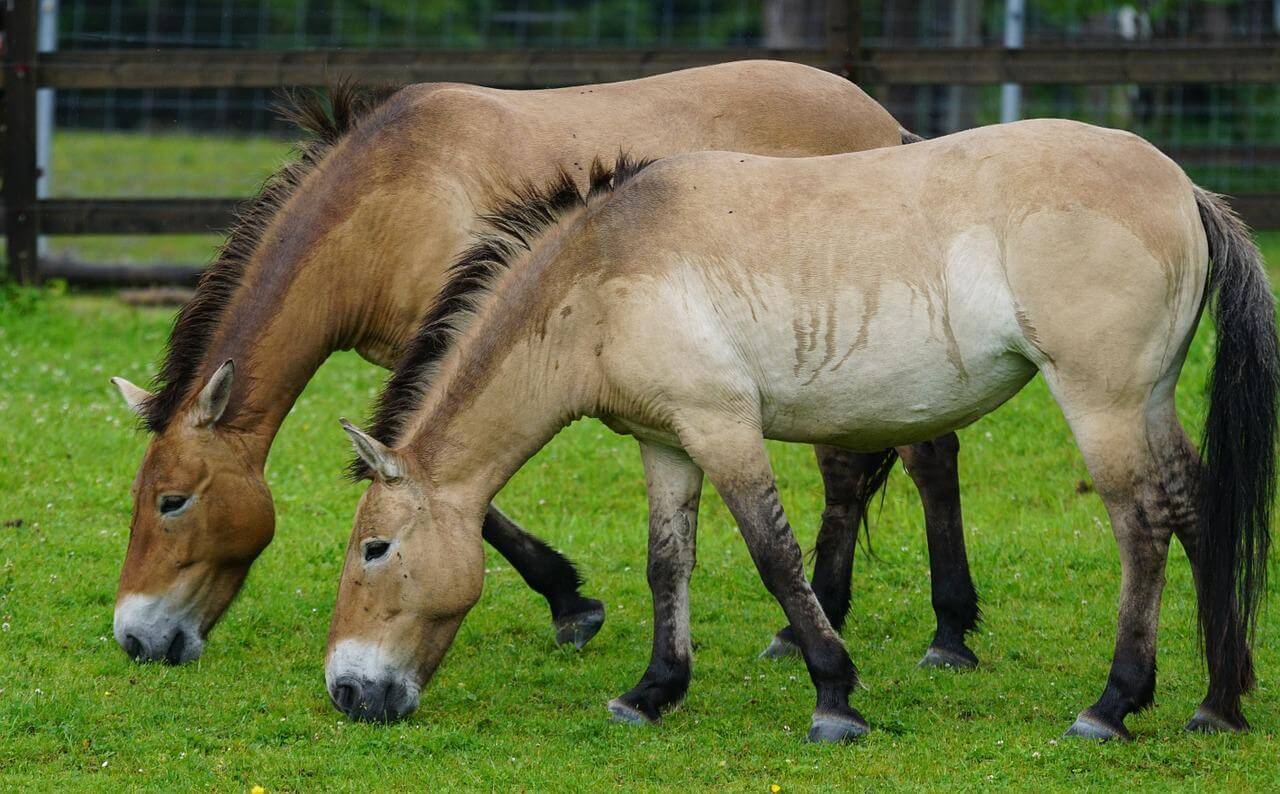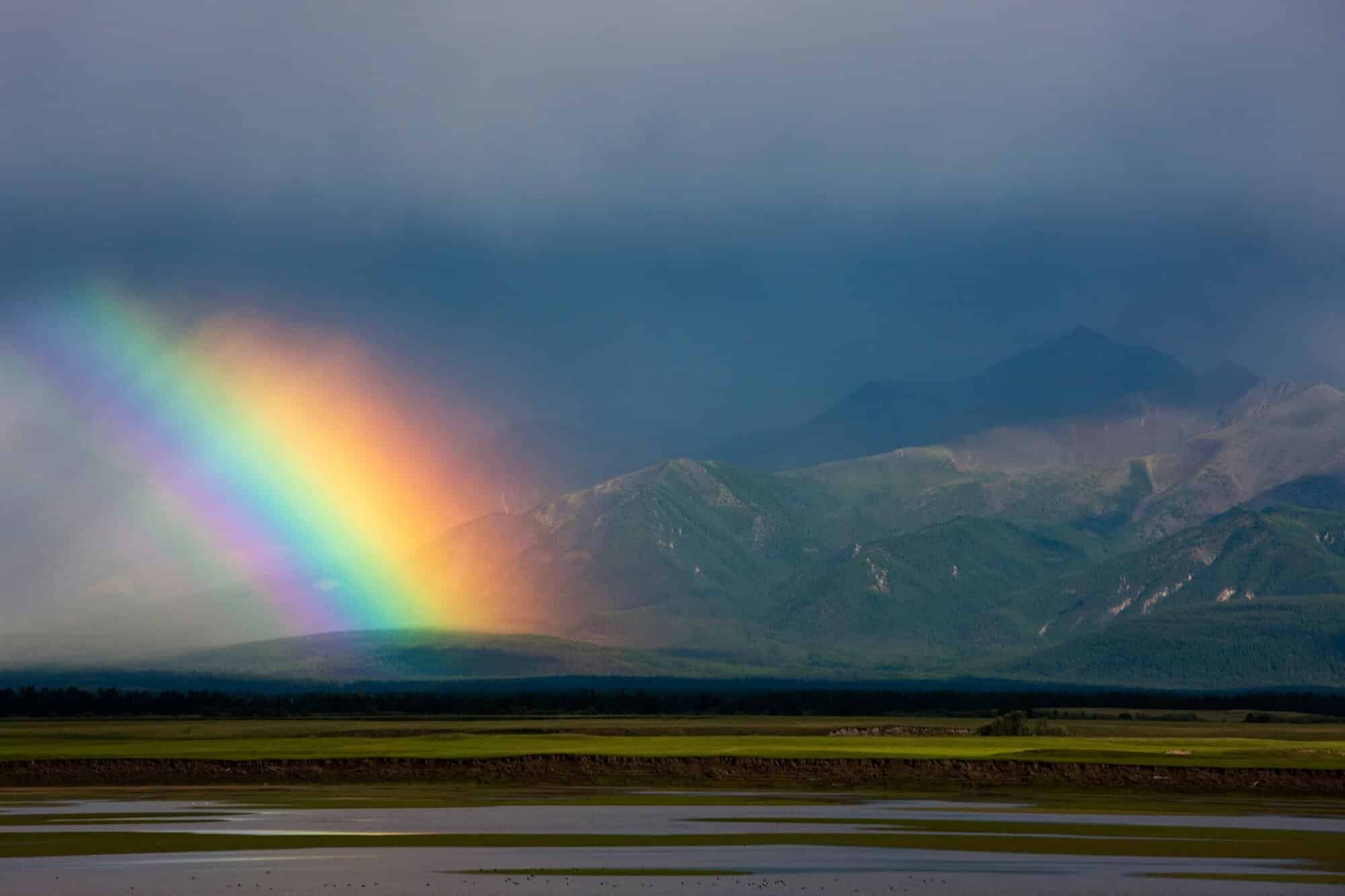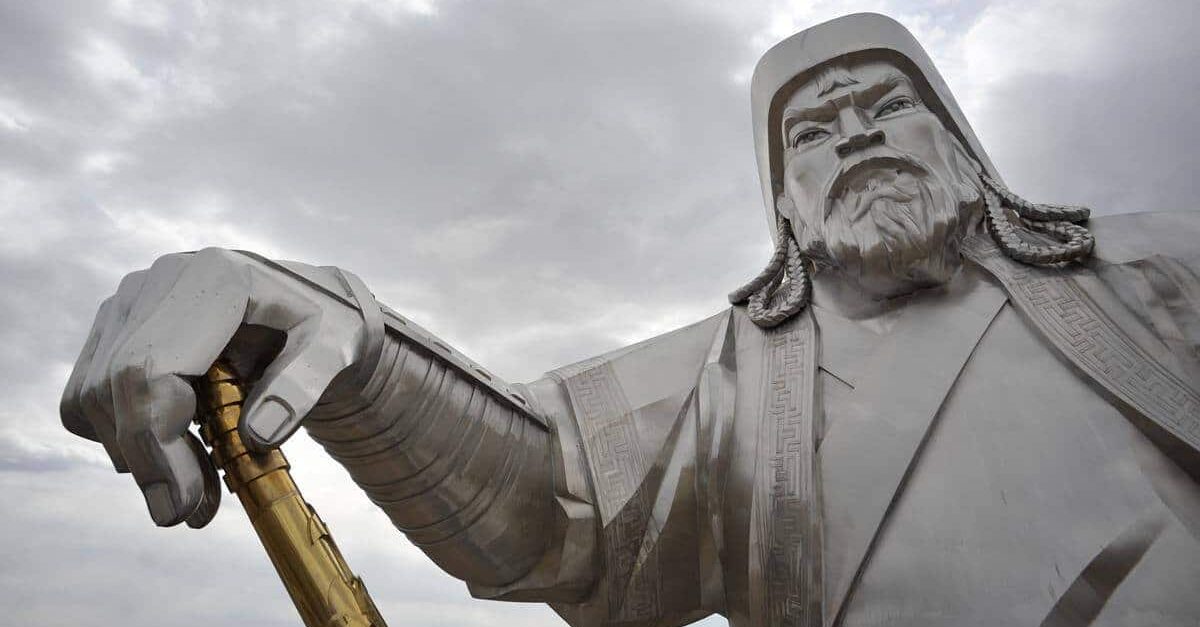Mongolia Ulaanbaatar – Embark on a journey through the captivating history of Ulaanbaatar, where nomadic traditions meet modern vitality, creating a unique tapestry of culture, heritage, and warm Mongolian hospitality.
Ulaanbaatar, the vibrant capital of Mongolia, has a rich history that spans centuries. So, way back, there were these nomad folks in Mongolia.
They were pretty cool with horses and loved hanging out together. These nomads basically started the whole vibe that makes our culture special now.

17th Century Beginnings
Ulaanbaatar officially began its journey in 1639 when it was established as a nomadic Buddhist monastic center.
As time rolled on, the place turned into a big trading spot that linked up China, Russia, and Central Asia.
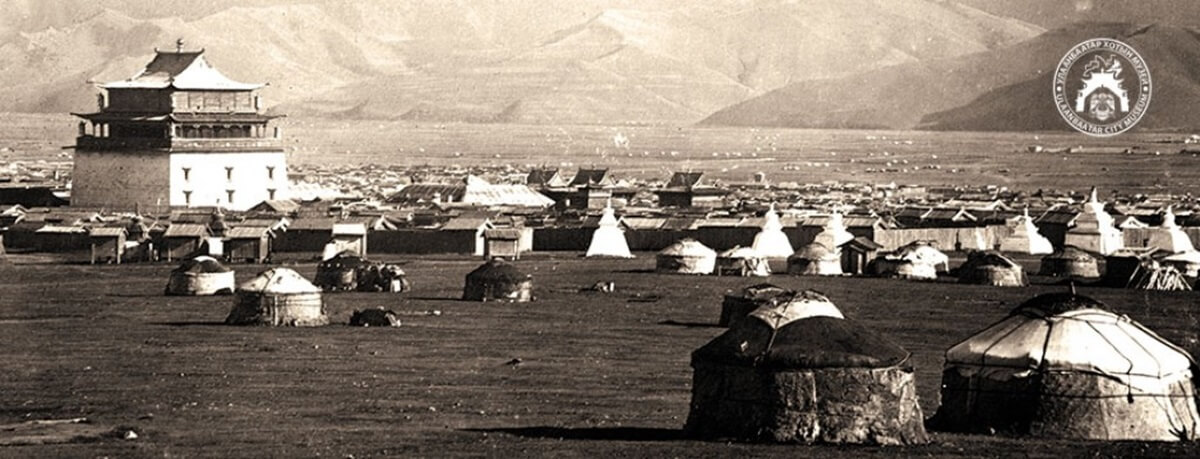
Russian Influence
The late 17th century saw increased Russian influence in the region, and Ulaanbaatar became a focal point for trade and diplomacy.
The way these guys influenced things? Well, it totally shaped how the city looks and how people do their thing – from buildings to daily traditions.
The People’s Revolution
Fast forward to the 20th century, and Ulaanbaatar witnessed a significant turning point with the People’s Revolution of 1921.
Mongolia was like, “We’re doing our own thing!” and declared independence from China.
That’s when the Mongolian People’s Republic came into the picture. It was a big move!
Socialist Era
The mid-20th century brought a period of socialism, aligning Mongolia with the Soviet Union.
Ulaanbaatar, like many capital cities during this time, experienced rapid urbanization and industrialization.
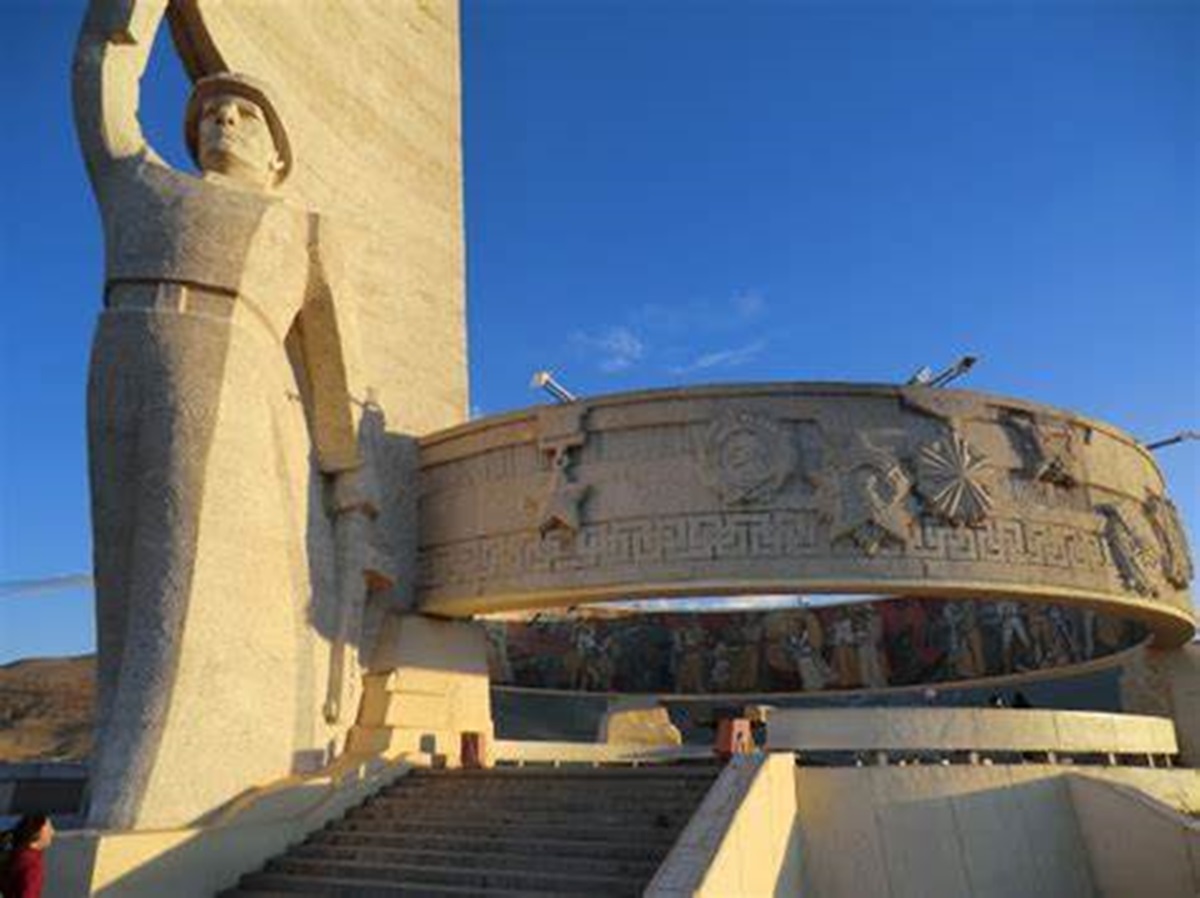
Winds of Change
As the 20th century came to a close, Mongolia embraced political and economic reforms, marking the end of socialism.
Ulaanbaatar changed a lot and became a lively city. It didn’t forget its nomad roots but also jumped into modern life with both feet. It’s like a mix of old-school cool and new-age vibes.
Ulaanbaatar Today
Nowadays, Ulaanbaatar is a busy city, showing off a mix of classic Mongolian stuff and all the modern things happening. It’s like a cool blend of old and new, right in the heart of the action. Here are some highlights:
- Gandantegchinlen Monastery – So, there’s this ancient monastery from the 1800s. It’s like the spiritual center of the place and a real symbol of Mongolia’s connection to Buddhism. It’s got that special heritage vibe.
- Sukhbaatar Square – At the heart of the city lies Sukhbaatar Square, named after the revolutionary hero. This spot is where everyone comes together, and it’s also where you find important government buildings. It’s like the heart of the action, bringing people and big decisions all to one place.
- Choijin Lama Temple Museum – There’s this old Buddhist spot that they turned into a museum. It’s like a time machine, showing you what the city was all about back in the day, with its history and religious roots. Pretty cool, right?
- Nomadic Culture – Despite its urbanization, Ulaanbaatar remains deeply connected to its nomadic roots. People who drop by can really get a taste of the special way of life here. There are cool cultural events, traditional parties, and the locals are just super welcoming. It’s a real feel-good experience.
Challenges and Opportunities
While Ulaanbaatar has flourished, it also faces challenges such as rapid urbanization and environmental concerns.
Efforts are underway to create a sustainable balance between development and preserving Mongolia’s natural beauty.
In conclusion, Ulaanbaatar’s history is a captivating journey from nomadic beginnings to a modern, dynamic capital.
It stands as a testament to the resilience of the Mongolian people and their ability to embrace both tradition and progress.
Visit Ulaanbaatar, and you’ll find a city where the echoes of the past harmonize with the beats of contemporary life. Ulaanbaatar: A vibrant blend of tradition, modernity, and Mongolian warmth.

